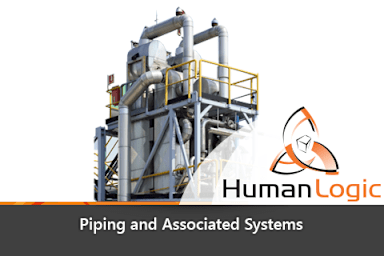
Course Overview
From bringing water over long distances into our homes and taking wet waste out through sewage systems to storage and transport of crude oil and gases, just about all industries require the knowledge of good pipe design and application. This includes having awareness of the principles that underlie pipe design and the auxiliary systems that complete a piping structure. This module deals with exactly that.
Target Audience
Oil & Gas and Manufacturing Industries
Learning Objective
- Define a piping system and an associated system.
- Identify the components of a piping system.
- List the types of piping systems according to the materials of construction and their advantages.
- Define a flange.
- Explain the importance of flanges.
- List different types of flanges.
- Explain the different types of flanges used in the piping industry.
- Describe the various parameters for selection of the pipes.
- Define a gasket.
- List and explain types of gaskets.
- List the applications of gaskets.
- Describe various types of drains in piping systems.
- Explain the necessity of drains and their importance in process plants.
- Describe the importance of vents.
- Identify the different types of vents used in piping systems.
- Explain different types of piping flange components.
- Describe the use of the expansion bellow.
- Its importance in process plants.
- Types of expansion bellows.
- Explain various types of trace heating, its importance, and applications.
- Understand piping insulation and its purpose.
- Explain the safety and inspection requirements for pipe racks.
- Describe what are utility service points.
- Describe hoses.
- Explain types of hoses.
- Describe the construction of hoses.
- List the couplings in hoses.
- Explain the grounding in hoses.







